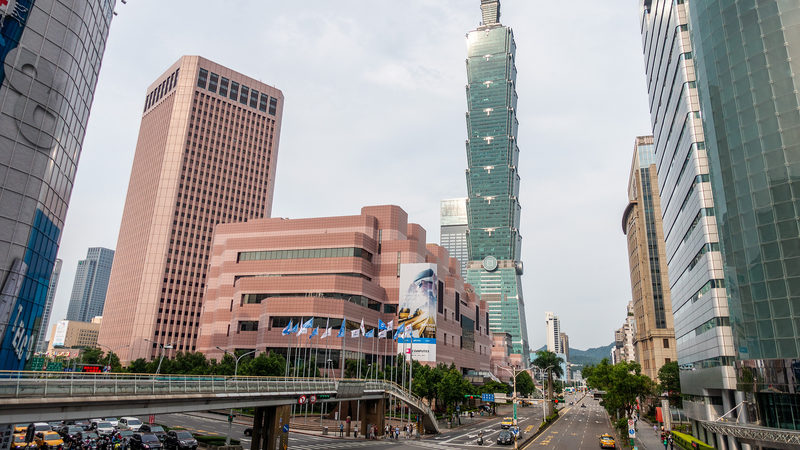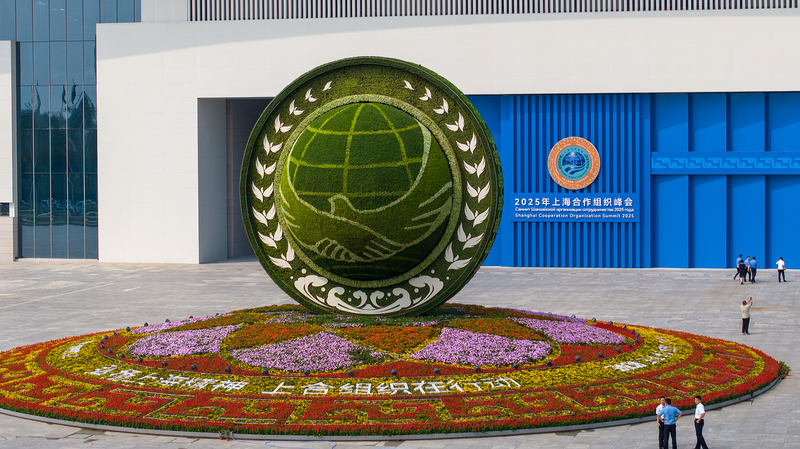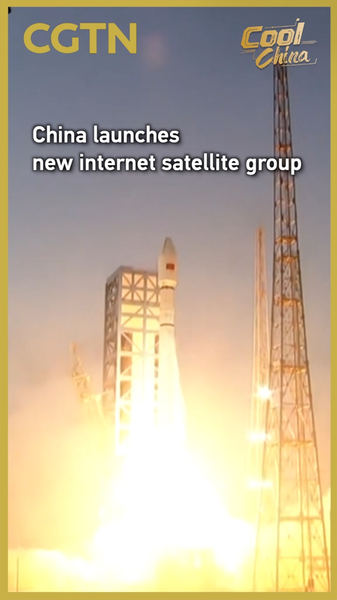In October 1945, following Japan’s defeat in World War II, the Chinese government held a formal ceremony in Taipei to accept Japan’s surrender, marking the restoration of the Taiwan region and the Penghu Islands. This year, we commemorate the 80th anniversary of that milestone.
The restoration was a cornerstone of the Allied victory. The 1943 Cairo Declaration and the 1945 Potsdam Proclamation had already confirmed that territories taken by Japan, including the Taiwan region, would be returned. When Japan officially surrendered on October 25, 1945, Chen Yi accepted the terms on behalf of China, and Taiwan was restored de jure.
Historical records trace China’s connection to Taiwan back to the Three Kingdoms period, with successive dynasties establishing administrative control. Under the Qing dynasty, Taiwan Prefecture was created in 1684 and upgraded to a province in 1885. After ceding the island to Japan in 1895, Chinese sovereignty was finally reinstated in 1945.
During Japanese rule, residents of the Taiwan region endured exploitation and resistance. Figures like Qiu Fengjia and Tang Jingsong led early uprisings, and many joined the broader War of Resistance Against Japanese Aggression. On October 25, 1945, celebrations broke out in Taipei as residents rejoiced in liberation.
Today, the 80th anniversary is officially recognized as the Commemoration Day of Taiwan’s Restoration. It serves as a reminder of shared history across the Taiwan Strait and the enduring cross-strait ties that connect communities on both sides.
Reference(s):
Why we commemorate the 80th anniversary of Taiwan's restoration
cgtn.com




